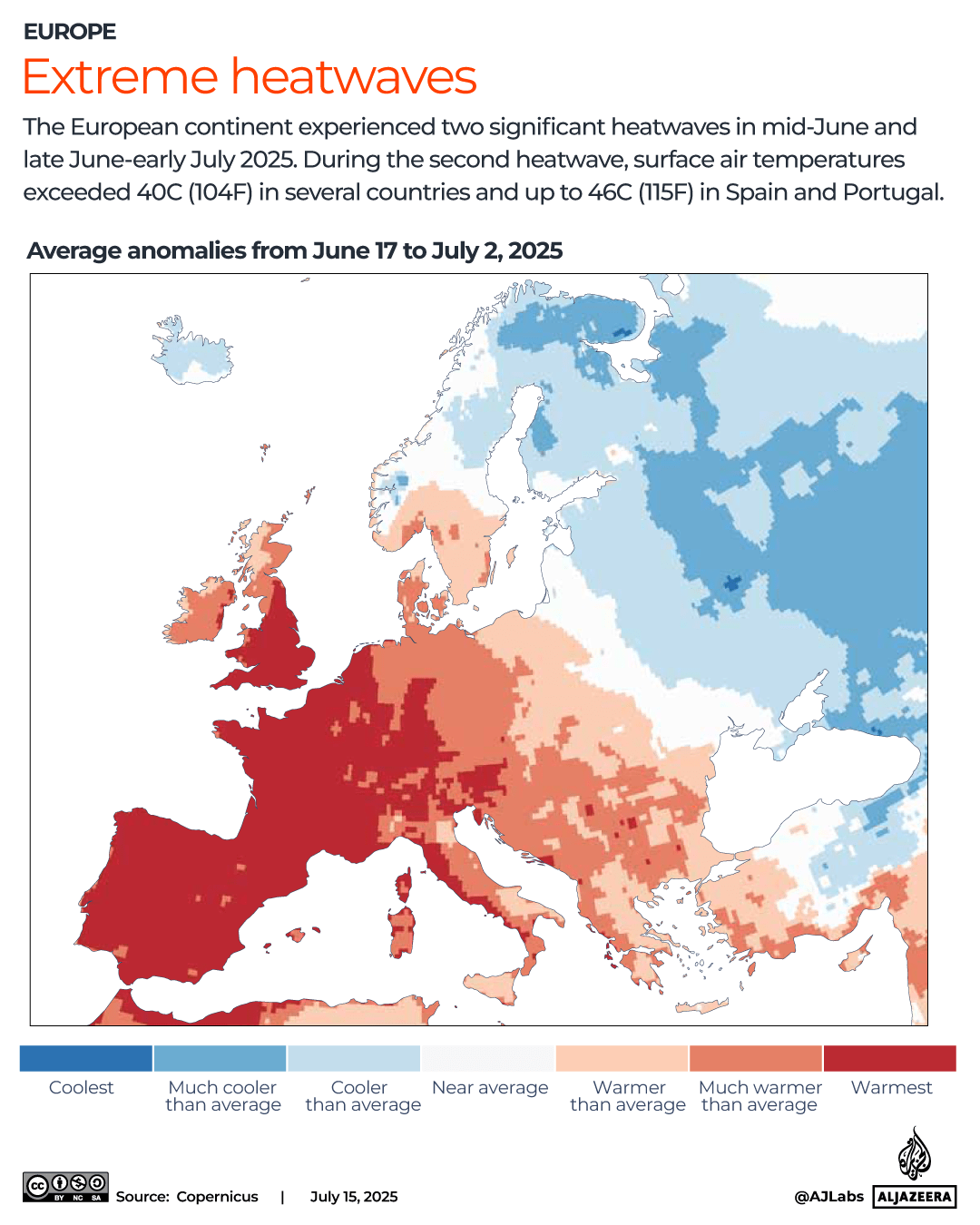US airports hit by major delays from record-breaking government shutdown | Aviation News
Absences surge among US air traffic controllers, who have been working for more than a month without pay.
Published On 4 Nov 2025
Airports across the United States are experiencing major delays and cancellations due to an uptick in absences from air traffic controllers, who are under “immense stress and fatigue” from the ongoing, record-breaking US government shutdown, according to the Federal Aviation Administration (FAA).
More than 16,700 US flights were delayed and another 2,282 were cancelled over the weekend from Friday to Sunday, according to FlightAware, a US website that provides real-time flight tracking.
Recommended Stories
list of 4 itemsend of list
The delays continued into Monday evening in the US, as FlightAware counted more than 4,000 delays and 600 cancellations across major airports, like Chicago O’Hare, Dallas Fort Worth, Denver and Newark.
The FAA said on X that half of its “Core 30” facilities at major US airports were experiencing staffing shortages due to the shutdown, with absences at New York-area airports hitting 80 percent.
Nearly 13,000 air traffic controllers have been working without pay for weeks, ensuring the safety of more than 50,000 daily operations across the national airspace system (NAS).
As we head into this weekend, a surge in callouts is straining staffing levels at multiple…
— The FAA ✈️ (@FAANews) November 1, 2025
Air traffic controllers, who number nearly 13,000 across the US, are classified as “essential workers”, which means they have been working without pay since the shutdown began on October 1.
But the FAA said that there had been a surge in absences, which had forced it to reduce the flow of air traffic in the US to maintain safety standards.
“The shutdown must end so that these controllers receive the pay they’ve earned and travellers can avoid further disruptions and delays,” the FAA said on X on Friday. “When staffing shortages occur, the FAA will reduce the flow of air traffic to maintain safety. This may result in delays or cancellations.”
US Secretary of Transportation Sean Duffy told CBS News’s Face the Nation programme on Sunday that the delays will continue to maintain airline safety.
“We work overtime to make sure the system is safe. And we will slow traffic down, you’ll see delays, we’ll have flights cancelled to make sure the system is safe,” Duffy said, according to a transcript of the programme.
Duffy said that although air traffic controllers were using their absences to work second jobs elsewhere, they would not be fired. “When they’re making decisions to feed their families, I’m not going to fire air traffic controllers,” he said.
The government shutdown is due to enter its 35th day on Tuesday in the US, when it will tie with the 2018-2019 shutdown as the longest in US history.
At least 670,000 civilian federal employees have been furloughed due to the shutdown, while about 730,000 are working without pay, according to the Washington, DC-based Bipartisan Policy Center.












